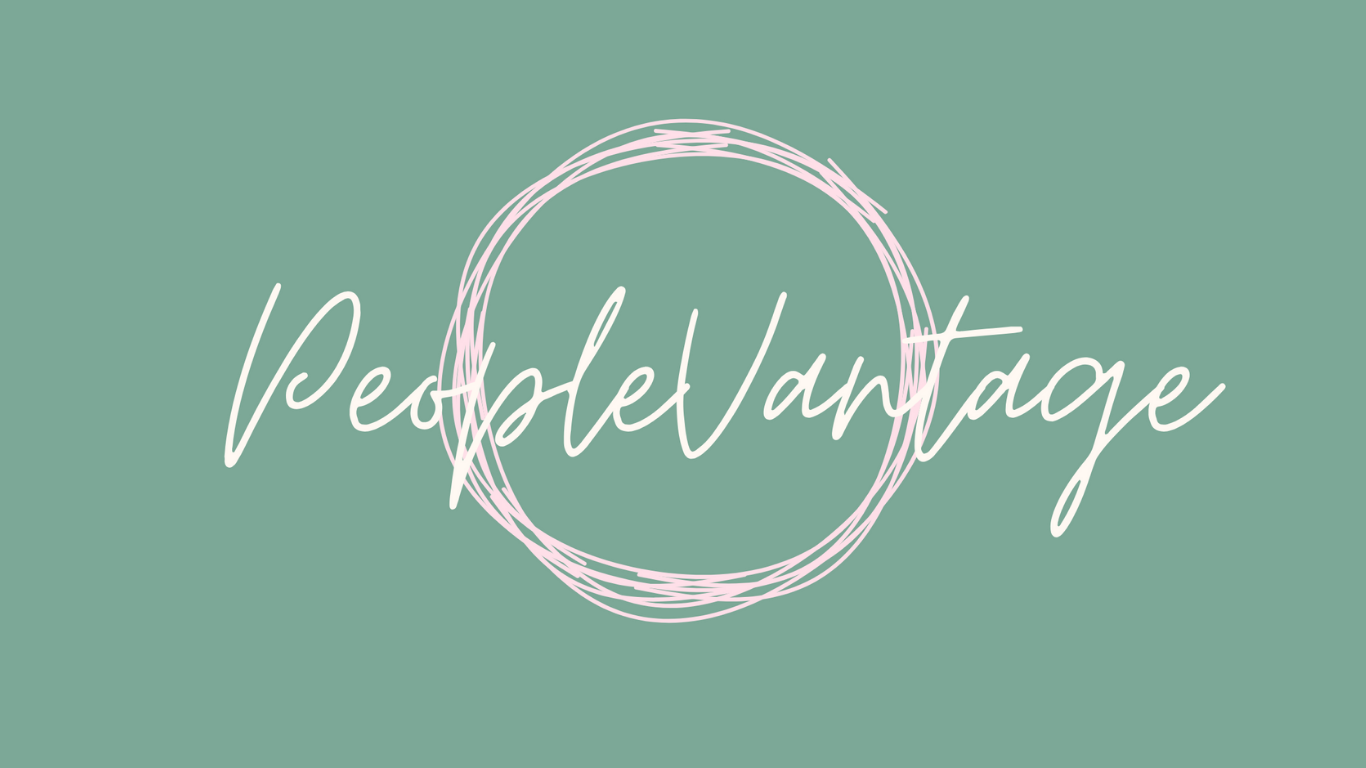Change isn’t about the occasional heavy lift; it’s about keeping up your leadership cardio.
Change comes up in almost every coaching or fractional conversation; it remains the ultimate hot potato for leaders.
According to Korn Ferry’s CEO for the Future research, 66% of leaders say agility and openness to change are essential for future success. Yet 79% of employees report low trust in how their organisations handle it, and only 32% of senior leaders achieve healthy adoption (Gartner, 2025).
It’s clear the old change management playbook no longer works. The world is shifting too fast with AI acceleration bringing constant surprises, and the political and economic landscape in flux. The new challenge isn’t managing change; it’s about being proactive rather than reactive before disruption forces your hand.
To do that, leaders need to build their change fitness, and that means training new muscles:
The adaptability muscle:
Change no longer moves in tidy phases, it’s more like juggling jelly: constant, shifting, and stacked on top of everything else. To flex this muscle, anticipate multiple scenarios, Build-Measure-Learn, and celebrate milestones instead of fixating on fixed outcomes. The change agenda will evolve, and your strength lies in how you move with it.
The co-creation muscle:
Think of this as your leadership core, it keeps everything else balanced. Change isn’t just about strategy; it’s about emotion. When people resist, it’s often because they care. Great leaders harness that energy, invite input, co-create solutions, and lead through authentic dialogue, not uninspiring top-down scripts.
The transparency (and humility) muscle:
Co-creation only works when leaders make their thinking visible. Only 15% of employees understand the rationale behind their organisation’s strategy (Leadership IQ). Strong leaders share what they’re learning in real time, from market shifts to customer insights, so change feels logical, not sudden. Flex this muscle by showing your working, inviting feedback, and staying open to other ideas.
The resilience muscle:
With pace and performance back in fashion, many leaders are sprinting marathons. 71% of leaders report feeling stressed (DDI). Managing your energy like an athlete , pacing, recovering, resetting, keeps you leading with clarity, empathy, and stamina, not depletion.
Change isn’t slowing down, so leadership can’t stay in warm-up mode. Gartner puts it well: the strongest leaders routinise change. If you treat change like part of your daily leadership workout, it stops feeling like a heavy lift and starts feeling like ongoing momentum.
So, imagine meeting your leadership PT , your coach, mentor, or even that brutally honest inner voice, for a quick form check: Which change muscles do you need to flex, build, or strengthen to make change part of your leadership routine?

